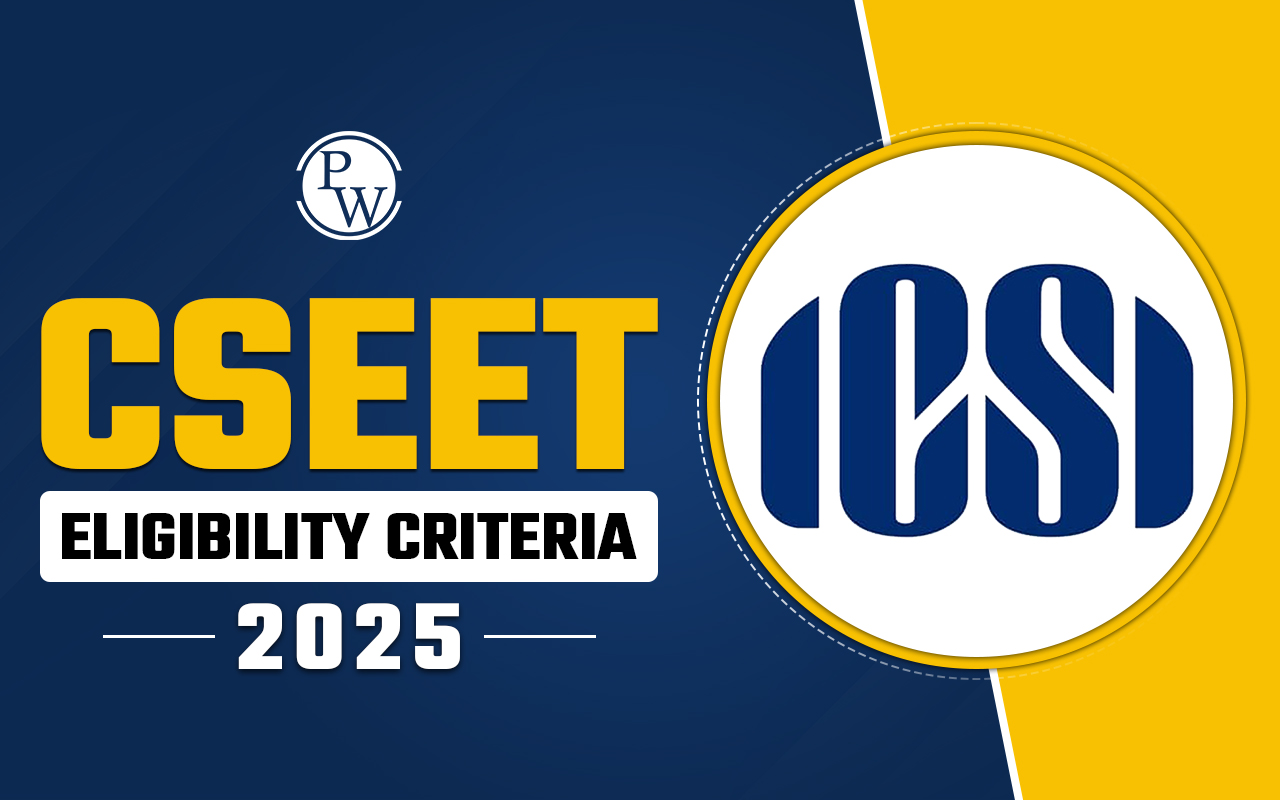
Risk Management and Mitigation: Understanding and managing risks is crucial for any business's survival. When we take steps to minimize risks, known as risk mitigation, it greatly influences a business's chances of success.
Consider a situation where business leaders fail to learn from past mistakes or rush into new opportunities without considering potential consequences. This approach isn't sustainable in the long run. To effectively minimize risks within a company, it's essential to grasp the different types of risks and how to prevent them. This article will explore various risk types, and offer four Risk Management and Mitigation strategies to create a plan for a Company Secretary for a business's future.Risk Management and Mitigation
Reducing risk is all about preparing for potential problems and minimizing their impact. It involves creating a plan to handle, minimize, or even avoid setbacks. Once the plan is in motion, it's important to keep an eye on things and adjust if needed. In simple terms, Risk Management and Mitigation is about using strategies to lower the chances of things going wrong for your business. While copying another company's risk management plan might seem like a good idea, it's crucial to tailor your approach to fit your unique business strategy. Investing time in crafting a personalized Risk Management and Mitigation plan could make a big difference in maintaining good relationships with clients and keeping your business thriving. Let's delve into what you aim for when you mitigate risks.Why Mitigate Risk?
Ignoring potential risks won't make them disappear. Moving forward without a plan can harm your business's success. That's why managing risks is crucial. Having a solid plan with clear steps helps prevent risks from becoming big problems or even stops them before they happen. This not only helps keep your business profitable but also builds a stable reputation in your industry, making both your team and clients happy. Recent surveys show that risks for all kinds of organizations are at their highest level in 14 years, yet only a small portion have strong risk management strategies in place. Operational risks can drain time, money, and resources. Mishandling risks may even lead to changes in management. Before making Risk Management and Mitigation Strategies, it's crucial to understand the specific risks your business might face.Types of Risk in Business
Every business has its own set of risks, depending on its industry and clientele. Some common risks include:- Compliance Risk: This occurs when a company doesn't follow external or internal rules, risking its reputation and finances. Breaking compliance regulations can lead to losing customers or facing fines.
- Legal Risk: This is a type of compliance risk where a company violates government regulations. Legal risks can also involve expensive lawsuits.
- Strategic Risk: This happens when a company's business strategy is flawed or nonexistent.
- Reputational Risk: This risk can harm a company's image or public perception, leading to profit losses and reduced confidence among shareholders.
- Operational Risk: Day-to-day activities can eat into a business's profits. Internal systems and external factors contribute to operational risks.
Also Read: Role of Company Secretary in Board Meetings
Risk Management and Mitigation Strategies
There are four main ways to deal with risks: avoiding them, reducing their impact, transferring them to someone else, or just accepting them.Avoidance
Reduce risks by taking preventative measures. This means planning ahead to avoid potential problems. For instance, if there's a chance you might not finish a crucial task because of a shortage of experts, you could hire extra staff as a backup. However, this might mean spending more money than planned, so it's essential to carefully consider how much flexibility you have in your budget.Reduction
After assessing risks, this approach focuses on minimizing their chances or consequences. For example, if you're worried about not finishing a project due to limited funds, you can act to avoid this problem. One way is by carefully controlling expenses within your budget. This might involve opting for more affordable materials or scaling down the project to fit your financial limits.Transference
Transferring risks means shifting the potential consequences of those risks to another party. This is common in businesses, where they might pay an insurance company to handle specific risks. Businesses can also include risk transfer clauses in contracts with suppliers, outsourcing partners, or contractors. For example, if a project is delayed due to a contractor, they might be liable for any financial losses incurred by the business. Additionally, for companies with international employees or contractors, a global compliance advisor can assist in navigating the complexities of operating across various countries.Acceptance
Sometimes, it's best to just accept the risk. Why? Because there are instances where the potential reward is worth it, outweighing any negative outcomes. This is what we call the acceptance strategy. In some cases, the risk might be so low that it's not worth worrying about, or the impact of any negative consequences is minimal. For these situations, a business might decide to simply accept the risk as part of their ongoing strategy. However, it's important to keep an eye on accepted risks. Things can change, and what was once a minor risk might become more significant. It's also wise to regularly assess whether carrying the risk is still the right choice for your business. We've talked about different types of risks and ways to reduce them. Now, let's take action and put these strategies into practice to minimize risks.Steps For Risk Management and Mitigation
Effective Risk Management and Mitigation involves practical steps that are essential for your business's success. Simply acknowledging risks isn't enough; you must actively work to minimize their impact. Here's a straightforward guide to help you navigate through the Risk Management and Mitigation process:- Identify: Start by pinpointing potential risks that could affect your project or business. Collaborate with various stakeholders to gather diverse perspectives. Utilize project documentation and past experiences to uncover possible risks.
- Assess: Once you have a list of risks, analyze their likelihood and potential impact on your business. Categorize them based on severity. Decide how you'll handle each category – whether you'll accept, reduce, transfer, or avoid them.
- Treat: Take action to mitigate identified risks. Record each risk and its corresponding mitigation measures in a risk register. This document serves as a reference for stakeholders and ensures clarity and organization.
- Monitor: Regularly review and reassess risks as circumstances change. Incorporate risk review into your routine meetings or project updates. Utilize tools like S-curves to track project progress and detect any shifts in risk factors.
- Report: Share information about risks, mitigation strategies, and best practices with stakeholders. Integrating risk reporting into your regular business operations promotes informed decision-making and may uncover overlooked risks.
| Also Check: | |
| Company Secretary Course | CS Exam 2024 |
| CSEET 2024 | CS Executive 2024 |
| CS Professional 2024 | CA Vs CS |
Risk Management and Mitigation FAQs
What is Risk Management and Mitigation?
Risk Management and Mitigation involve identifying, assessing, treating, monitoring, and reporting risks within a business to minimize their impact and safeguard its success.
Why is it important for businesses to mitigate risks?
Businesses need to mitigate risks to protect their finances, reputation, and operations. Effective risk management ensures stability, helps prevent losses, and promotes long-term success.
What are the common types of risks in business?
Common types of risks in business include compliance risk, legal risk, strategic risk, reputational risk, and operational risk, each with its own potential impact on the business.
How can businesses reduce, transfer, or accept risks?
Businesses can reduce risks by taking preventative measures, transfer risks by shifting consequences to another party (e.g., insurance), or accept risks when the potential reward outweighs negative outcomes.
What are the key steps for effective Risk Management and Mitigation?
The key steps include identifying potential risks, assessing their likelihood and impact, treating them through mitigation measures, monitoring them regularly, and reporting information to stakeholders for informed decision-making and ongoing risk management.
🔥 Trending Blogs
Talk to a counsellorHave doubts? Our support team will be happy to assist you!

Check out these Related Articles
Free Learning Resources
PW Books
Notes (Class 10-12)
PW Study Materials
Notes (Class 6-9)
Ncert Solutions
Govt Exams
Class 6th to 12th Online Courses
Govt Job Exams Courses
UPSC Coaching
Defence Exam Coaching
Gate Exam Coaching
Other Exams
Know about Physics Wallah
Physics Wallah is an Indian edtech platform that provides accessible & comprehensive learning experiences to students from Class 6th to postgraduate level. We also provide extensive NCERT solutions, sample paper, NEET, JEE Mains, BITSAT previous year papers & more such resources to students. Physics Wallah also caters to over 3.5 million registered students and over 78 lakh+ Youtube subscribers with 4.8 rating on its app.
We Stand Out because
We provide students with intensive courses with India’s qualified & experienced faculties & mentors. PW strives to make the learning experience comprehensive and accessible for students of all sections of society. We believe in empowering every single student who couldn't dream of a good career in engineering and medical field earlier.
Our Key Focus Areas
Physics Wallah's main focus is to make the learning experience as economical as possible for all students. With our affordable courses like Lakshya, Udaan and Arjuna and many others, we have been able to provide a platform for lakhs of aspirants. From providing Chemistry, Maths, Physics formula to giving e-books of eminent authors like RD Sharma, RS Aggarwal and Lakhmir Singh, PW focuses on every single student's need for preparation.
What Makes Us Different
Physics Wallah strives to develop a comprehensive pedagogical structure for students, where they get a state-of-the-art learning experience with study material and resources. Apart from catering students preparing for JEE Mains and NEET, PW also provides study material for each state board like Uttar Pradesh, Bihar, and others
Copyright © 2025 Physicswallah Limited All rights reserved.
Get App









